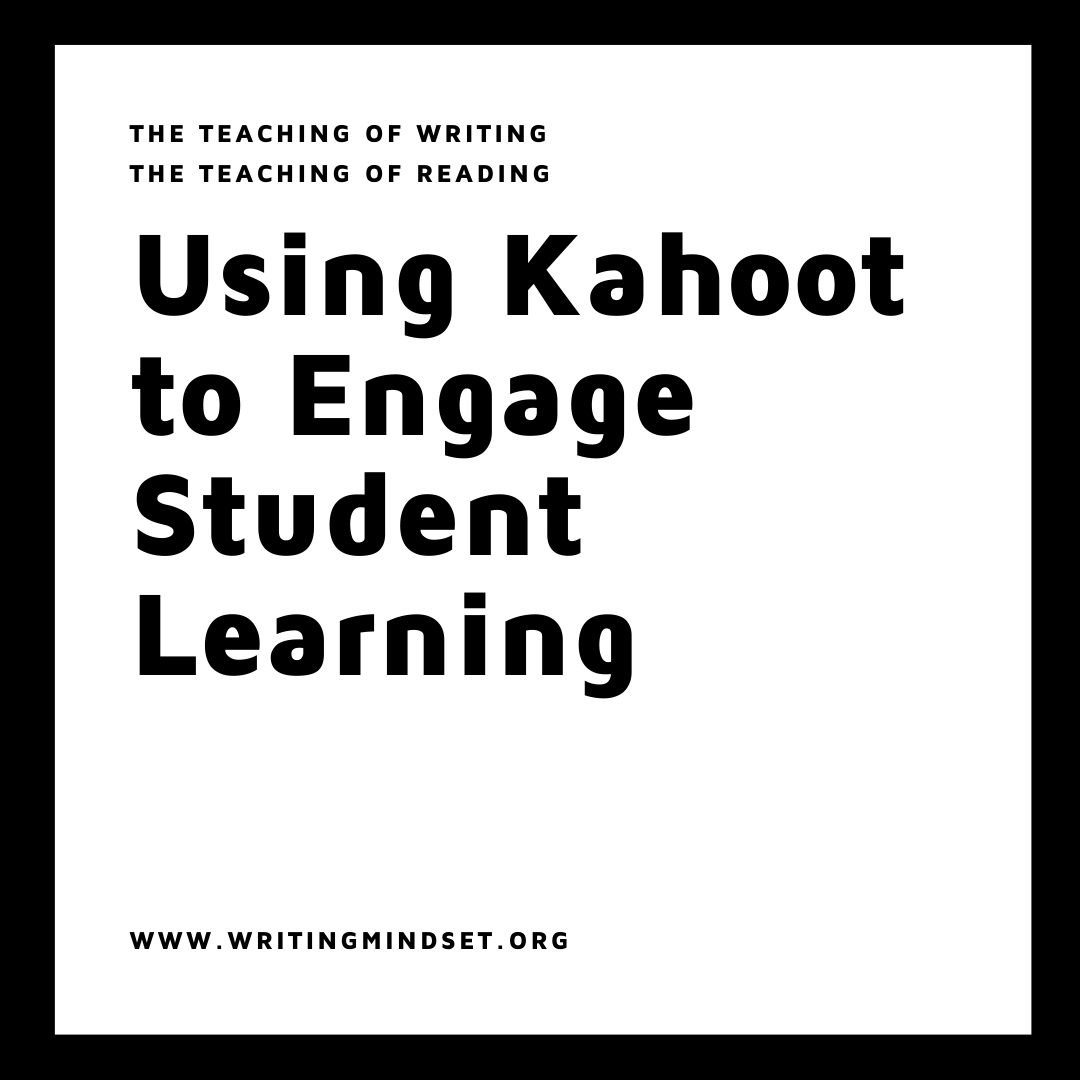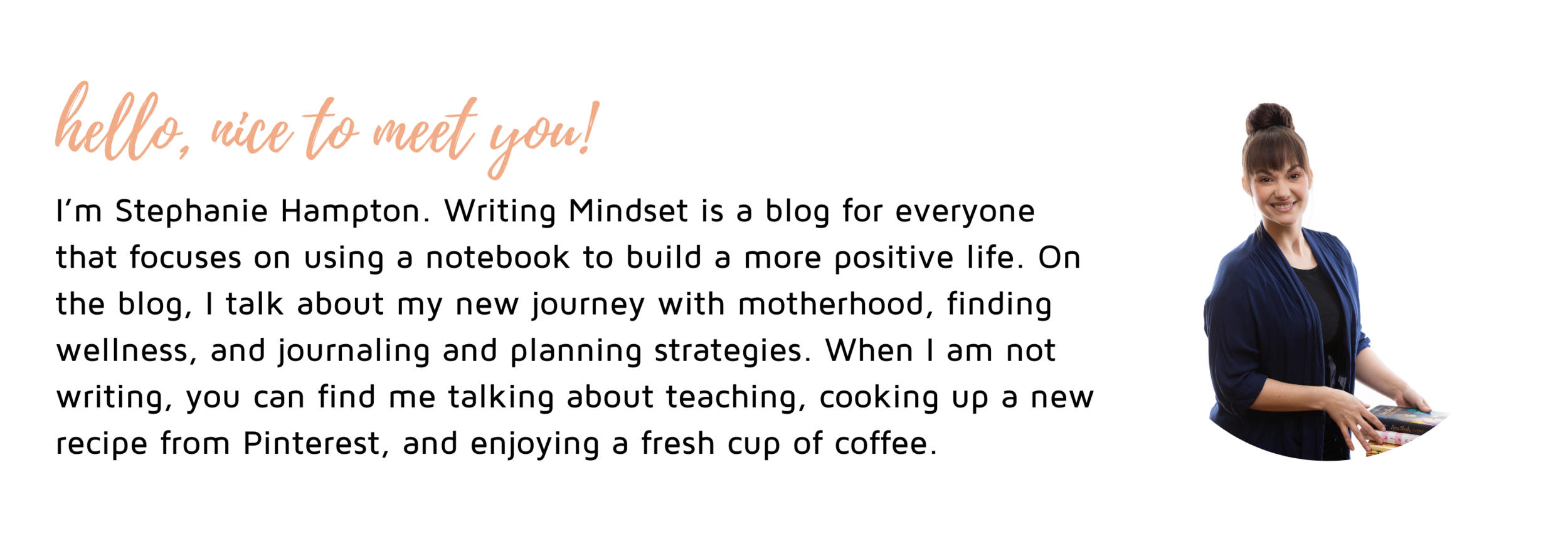Using Kahoot to Engage Student Learning
Ed. Tech=Fun
I have to drop everything I'm doing and share how much I love Kahoot. This post is an ode to Kahoot, rather a diary entry for how much I love this platform and how I'm using it in my classroom. Let's talk Kahoot with writing. Let me also say this first: Kahoot and I don't know each other. There is no sponsoring here. I am writing this post because I need other teachers to know about how to use Kahoot in their classrooms.
I have to drop everything I'm doing and share how much I love Kahoot. This post is an ode to Kahoot, rather a diary entry for how much I love this platform and how I'm using it in my classroom. Let's talk Kahoot with writing. Let me also say this first: Kahoot and I don't know each other. There is no sponsoring here. I am writing this post because I need other teachers to know about how to use Kahoot in their classrooms.
What is Kahoot?
Kahoot is a site that creates fun learning games for kids in the classroom. I didn't think much of it when I first heard about it from the social studies teacher on my interdisciplinary team. Now, i'm addicted. Here is how it works: Kids get a technological device (1:1 is key because they need to be able to play) that can be a phone, an iPad, or a chromebook/laptop. However, there are also group/team options. The game site gives a code for the kids to log in with using a numeric password. Then, the fun begins. They get to choose a username and enter the game. If a student chooses an inappropriate username, the teacher can simply click on the name to make it disappear and have the student try again. This is genius. When all the players are loaded in the game, the game begins.
Game-makers/teachers can make as many questions as they like and then share their games throughout the system (Yes, that was a Hunger Games reference). Other users can copy games and then edit them to be tailored to their specific use or classroom. Players answer the questions and see immediate results. These results are displayed in a competitive way, but it also tells you your rank, if you are on a streak answering the questions, and if you gaining points on the next player.
Now, this sounds interactive and fun, doesn't it? If you haven't used it before, let me tell you the ways it engages kids because they literally beg for it. And then they jump for joy when you say, "yes."
Why Kahoot Rocks
Engagement #1: Competition
This is competition in an good way. I have never had a kid cry over a Kahoot game, or been disappointed to the point of losing it when they didn't win. Kahoot is fair and it is a third-party system, so it is not a one vs. one type competition in the classroom. Kids love competitions. Think about any competition that has been done in or out of the classroom in the school building. With competition often comes prizes, bragging rights, etc. Bottom line? Kids like to compete. Read about how kids like to compete and how they should compete here and here.
Engagement #2: Attention (and Formative Assessments)
All students are sitting up (if not standing up) and paying attention. Each student has their own device, so each student answers. You can gauge how each student does in the review, and as an educator you can get a quick formative assessment as to how students are doing. I always start with expectations about volume level before we begin, but I like to embrace the noise in a fun way. This is the answer to how to incorporate kids into their own learning.
Engagement #3: Use of Technology
Now, I know this one is tricky. What if I don't have access to 1:1 technology? The answer might be in phones for students. Particularly at the middle and high school levels, students have more access to phones. They can form teams on Kahoot or they can work individually. You can make do with only a little technology. I am fortunate in that I have access to iPads and chromebooks on a regular basis. I try to use this as much as possible because kids love technology. Let me repeat this, kids looooovvveee technology. This is one approach for helping to access struggling readers and writers.
Examples of Ways I Have Used Kahoot
Note: My games are linked to my examples. Go on, click them.
In the classroom:
Mission: Turning something boring into something fun
I love MLA-you can read about that here. However, teaching all the formatting rules can be boring. In this manner, students can interactively review the rules of MLA format and then talk about why they missed answers. I did a run through of this with my pre-intern, and the conversations about the missed answers were really great. It helped provide some clarification about specific details that often get overlooked. Think about the conversation that involves this lightbulb: Oh, the period does go on the outside of the parentheses. That specific. That detailed. Yes, MLA was fun on this day.
Mission: Completing formative assessments that don't suck
Both my general and advanced classes take quizzes on plot elements towards the beginning of the school year. I like to review the elements of the plot diagram in a fun way because then I can assess which kids that may not know these terms early on. Think fun test prep. Think helpful formative assessment that impacts your year.
Mission: Playing to help pre-writing in both creative and academic assignments
I assigned Dystopian world academic essays after reading Uglies by Scott Westerfeld, and we also always have a create-your-own dystopian project. Read some of those stories here. Learning about a certain genre can be tricky. There are lots of details, and students can get lost sometimes in between powerpoints and prezis. This Kahoot game was great at helping to clarify genre terms before students started their writing. I used this as a pre-writing activity that got students thinking about how to apply the rules of the genre to their own fictional world.
Mission: Kicking off a unit...the right way
I used this in the library for my general students to review genre choices when kicking off a reading challenge. This genre review was perfect for identifying what students already knew. As a reading and writing teacher, I often forget how closely the two are connected. Jennifer Serravallo, author of The Writing Strategies Book, tweeted an article out recently about how writing may have a greater impact on reading than vice versa. It was an interesting read. Any way, as a teacher I love when you have those moments that surprise you. I was surprised at the knowledge my general students had about genre. I could move ahead in the lesson a lot faster because I knew what students knew already. Talk about mindset in terms of writing instruction....never underestimate students. They surprise you every time.
For staff training:
1. John Collins Writing Program Review
I presented a review of our John Collins Writing Program to the staff for an in-house professional development. We had integrated new staff members, and some staff members were not complying with the program at all. I wanted a baseline for what the staff knew before I continued on. We played Kahoot. It was amazing. My assistant principal commented, "I didn't get the big deal. Now I want to keep playing." The entire staff was engaged, and I had the opportunity to clarify some common misconceptions about the program that then eliminated inconsistencies throughout my building. We all sit through boring PD....not that day.



